Join us for NASJE’s 2018 Conference! Polish up your cowboy boots, dust off your 10-gallon hats, and reserve August 26-29, 2018, for a Lone Star State welcome to NASJE’s 2018 Annual Conference to be held in exciting downtown Austin, Texas.
From our conference site at the Hotel Van Zandt in the up and coming Rainey Street District in Austin, we’ll explore some of the best that Texas has to offer. The conference committee, led by Jessica Forman of Texas, is busy cooking up an interesting array of educational sessions and entertainment options.
Registration will open in May.
Not familiar with Austin? Our motto is Keep Austin Weird and we do just that by highlighting all of the original artists, communities, and faces that call Austin home. Click the links below to learn more about Austin’s locals.
Visit Austin Instagram
Check out Visit Austin’s instragram which is filled with photos of people and places from around Austin.
Austin Faces of Travel
Meet some of the Visit Austin ambassadors who will tell you their favorite parts of the city.
Notable Latinos in Central Texas describe the impact of Hispanic culture in Austin
The Austin American Statesman interviewed dozens of notable Latinos in Central Texas for their thoughts and opinions on the impact of Hispanic culture in Austin.
IamBlackAustin
This ongoing interactive campaign highlights the multidimensional expression of Black life in Austin, Texas.
We ask people at Eeyore’s Birthday – why do you love Austin?
One way Austin “Keeps it Weird” is by hosting a ton of unique festivals including a birthday party for the Eeyore character from Winnie the Pooh.
Check the NASJE website out every few weeks for more teasers on Austin’s food, art, history, and culture, plus sneak peaks at the great educational sessions we have planned. We look forward to seeing you in August!
Jessica Foreman Conference Chair.
NASJE 2018 Conference Registration
Howdy y’all! Registration is now open for NASJE’s Annual Conference, which will be held in Austin, Texas, on August 26-29, 2018.
The 2018 Conference’s theme is “Developing Educational Leaders for Today’s Courts and Beyond”. We are excited to offer courses covering a wide range of topics including:
- A showcase of state court projects from around the nation
- How to create and implement mentor programs
- Project management basics for judicial educators
- Addressing implicit bias
- Adopting a student mindset
- Building a leadership curriculum
- And much, much more!
A full list of courses along with brief descriptions
But don’t worry! The 2018 Austin Conference won’t be all work and no play.
The conference is going to be held at the fun and funky Hotel Van Zandt in Austin’s Rainey Street District. We will also be holding a social evening event on Rainey Street at Banger’s Sausage House and Beer Garden. Bring your shiniest boots for two-step lessons after we share cold drinks and fried foods.
Hotel Van Zandt
The special room rate of $189 at the Hotel Van Zandt will be available until August 6th or until the group block is sold out, whichever comes first.
Hotel Van Zandt also offers a service called Kimpton Karma. If you sign up for the program before your arrival, you will receive complimentary Wi-Fi and a $10 credit towards the Mini Bar or Restaurant bar.
The history behind the Hotel Van Zandt: politics and music
By Lee Ann Barnhardt, NASJE President
As we move closer to the 2018 NASJE Conference in Austin, I want to share a little a Texas history. The conference hotel – The Hotel Van Zandt – is named after the Van Zandt family – specifically Isaac Van Zandt, an early Texas politician, and his great-great-grandson Townes Van Zandt, a singer songwriter with a long history of addiction and mental health issues.
Isaac Van Zandt, lawyer, legislator, and diplomat was born in Franklin County, Tennessee, on July 10, 1813. In 1833 he married Frances Cooke Lipscomb, and he and his father established a store at Salem, Tennessee. He moved to Coffeeville, Mississippi, and established another store but lost heavily in the depression of 1837. He had become interested in a debating society and discovered his ability for effective public speaking, so he began the study of law and in less than a year was admitted to the Mississippi bar.
He moved to Texas in 1838 and settled in Elysian Fields, Panola County; then in 1839 he moved to the site of Marshall, where he began to practice law. He persuaded Peter Whetstone to donate land for the townsite and a college. He named the town after Chief Justice Marshall and is considered by many to be the founder of Marshall. He represented Harrison County in the House of the Fifth and Sixth congresses, 1840–42, and in 1842 Sam Houston appointed him chargé d’affairs to the United States.
During his tenure in Washington, Van Zandt worked for the annexation of Texas to the Union. Having achieved his goal, in 1845 he returned to Texas and attended the Convention of 1845. He was campaigning for the office of governor in 1847, when he was stricken with yellow fever at Houston and died on October 11. He was buried at Marshall. Van Zandt County was named in his honor in 1848. In 1936 the state of Texas erected a memorial to him at Canton.
Just as impressive is the story of his wife, Frances Cooke Lipscomb. Frances came as a young bride to Texas with her husband. She wrote in her journal later that “Necessity is the mother of invention.” She recalled building a raft with her husband so they could cross a stream and losing some of her chickens in the crossing; she mentions trading her dress making skills with a neighbor in exchange for a hatchet; she made her husband a coat from a blanket and knitted him some socks from the carded thread.
Isaac used leather hide and made himself a pair of shoes and used the same set of skills to build a cradle for the first of their five children. After Isaac died, Frances was left with five children and no husband; reading her journal (available on the internet as well as in libraries), one can learn of the toughness and perseverance of this Texas woman. She remarks, “Those of us who had been long in Texas had training in hardships and poverty that stood us in good stead in these later troubles.” She lived to be 93.
The historical marker in Canton, Texas honors them both and reads as follows:
Isaac Van Zandt and Frances Lipscomb Van Zandt
1813-1847 Member of the Congress of the Republic 1841-1842 Charge D’Affaires to the United States 1842-1844 In 1845 Member of the Constitutional Convention 1816-1909
Christian pioneer wife and mother Her life was pure brave and active and her memory is fragrant with the incense of good and noble deeds
Townes Van Zandt is known by industry insiders as one of the greatest folk songwriters and the most influential Texas songwriter of his time. One of his best known songs is “Pancho and Lefty” which was covered by Emmylou Harris in 1977 and then by Willie Nelson and Merle Haggard who took it to number one on the country charts in 1983. While he never released an album on a major label, he did develop a cult following. Townes died in 1997 from a heart attack at the age of 52. To learn more about his life, read a tribute to Townes Van Zandt published in Texas Monthly in March 1998.
We are going to have a great time of education and fellowship — you can hang your hat on it!
NASJE Conference Mobile App
Download NASJE 2018 ANNUAL CONFERENCE, the new NASJE conference app for your mobile device.



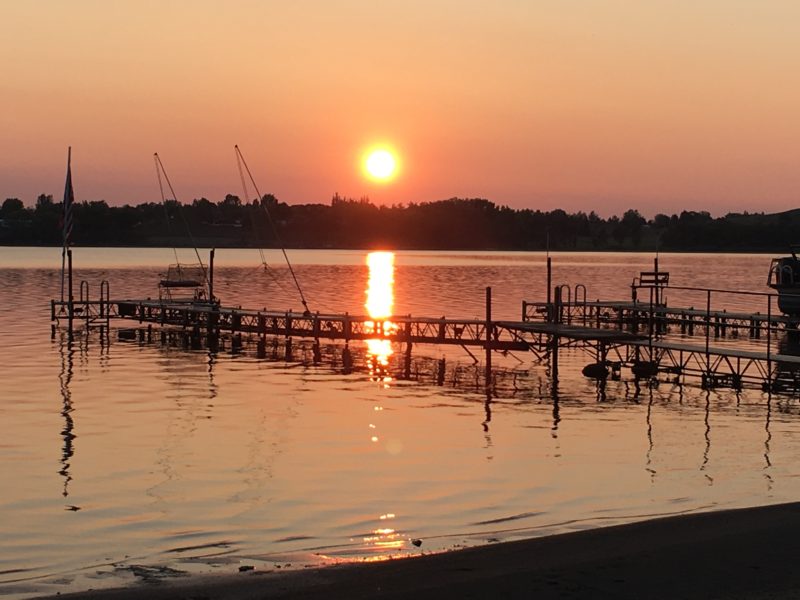
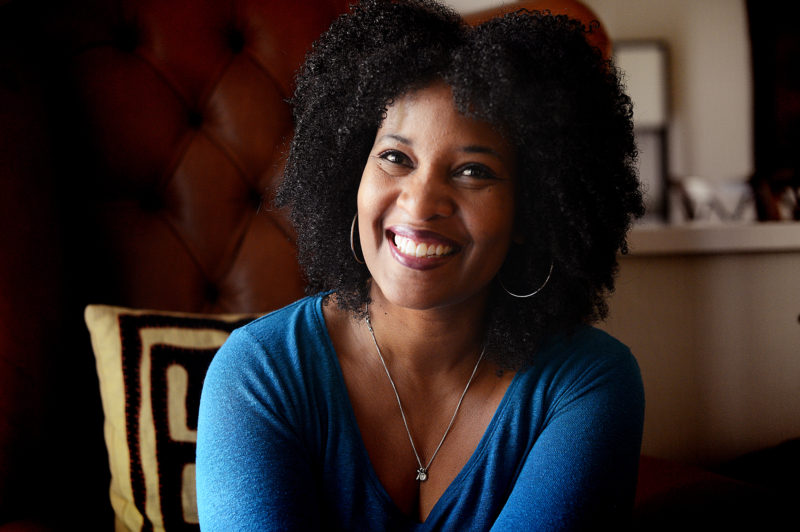
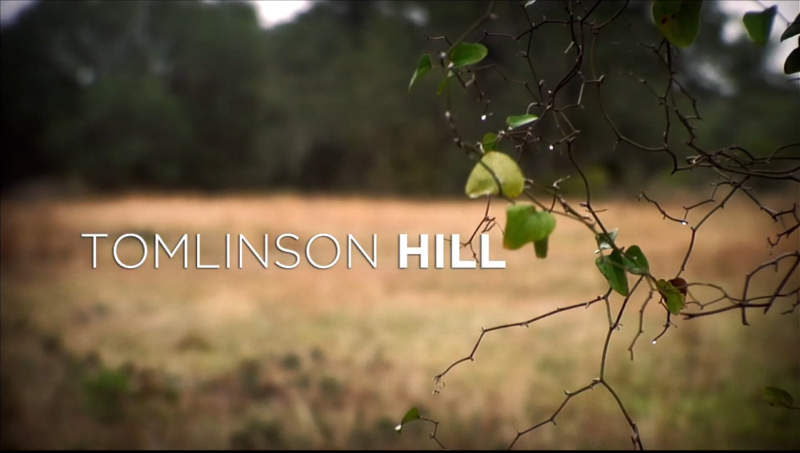
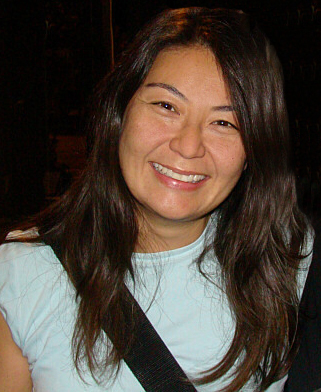
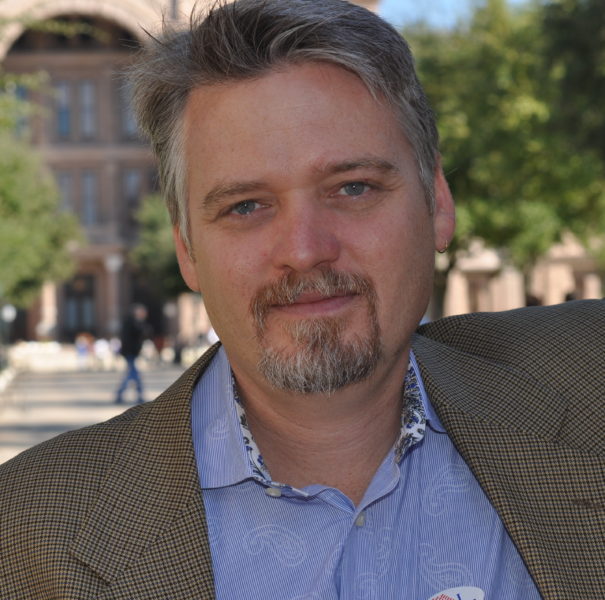
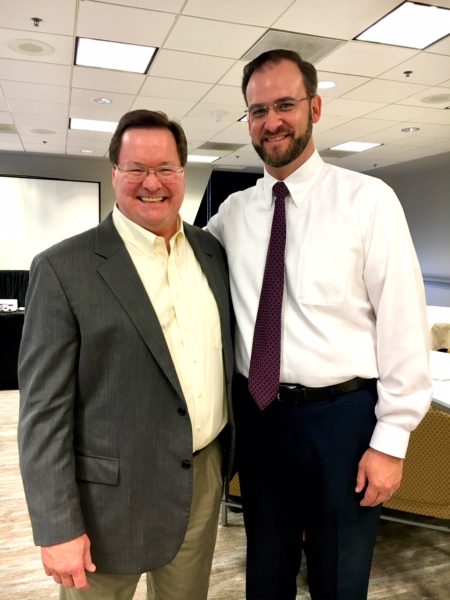

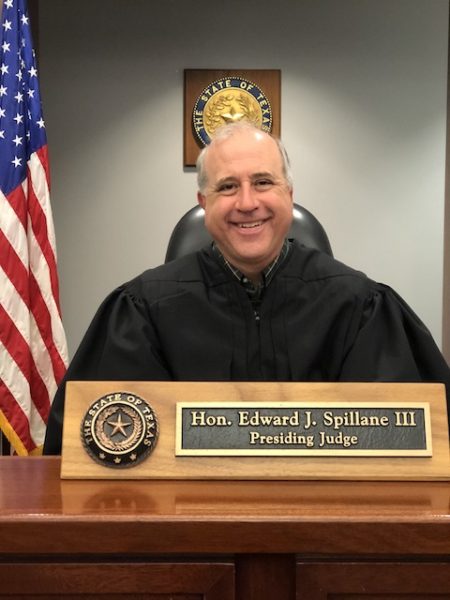
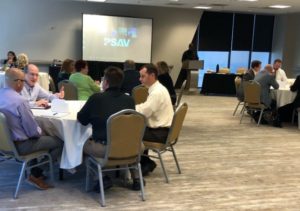
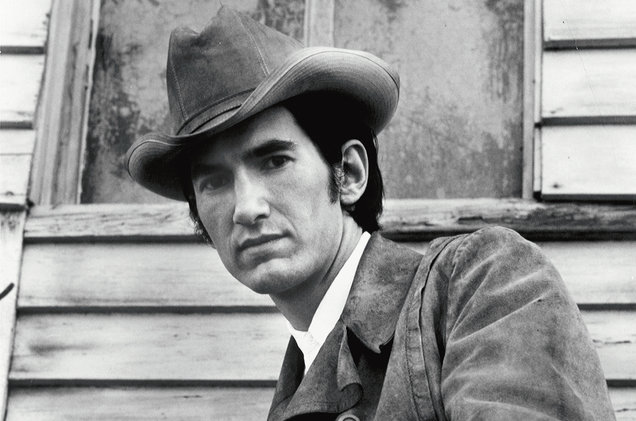
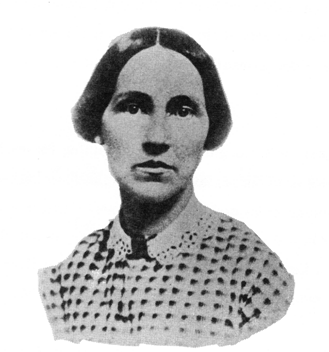
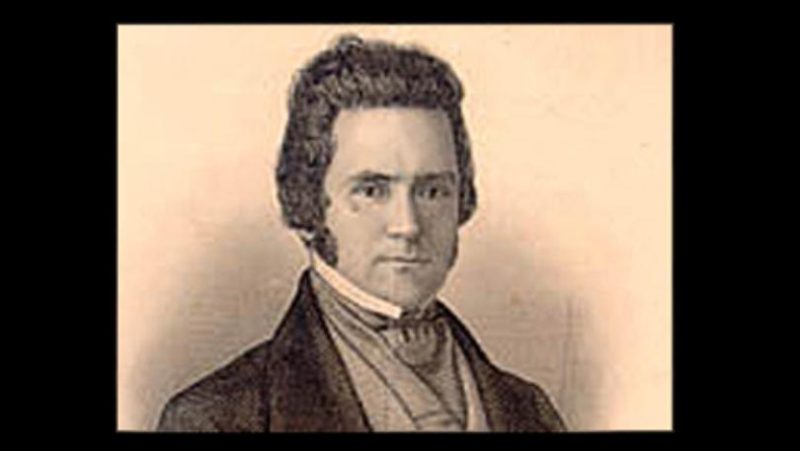
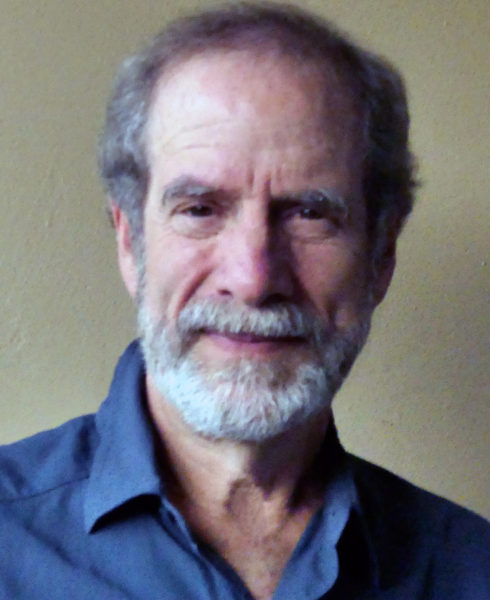
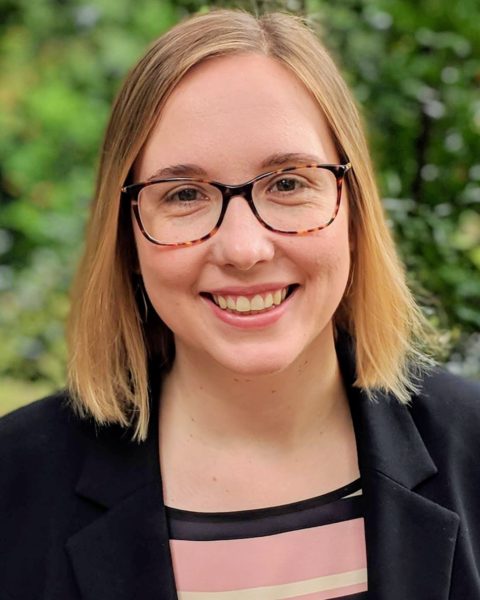
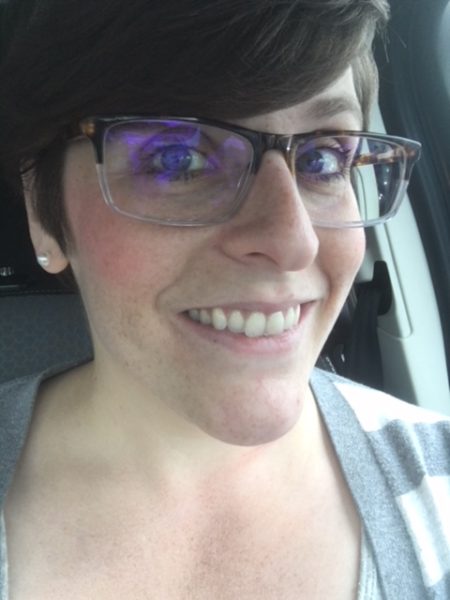
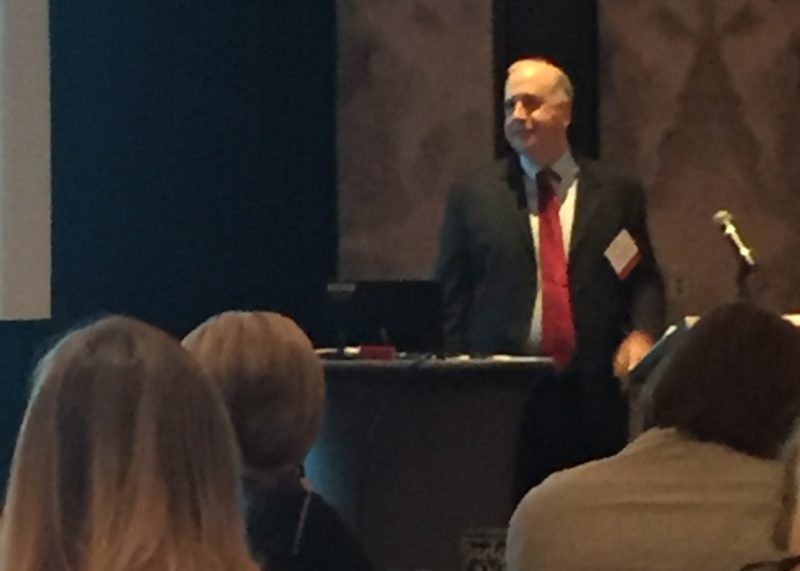
Download 2018 Conference Materials below. Each link is a ZIP file containing all the materials available for that session.
- Adopting a Student Mindset – Thea Whalen & Jessica Foreman
- Building a Leadership Curriculum – Dawn McCarty & Jeff Schrade
- Enhancing Professionalism in Court Professionals Without a Professional Degree – Mark Goodner, Ryan Tellus, & Robby Chapman
- Humanity of Litigants – Hon. Ed Spillane
- Individuality, Courage and Values – Karen Walrond
- Machine Learning – Nicholas Myers
- NASJE- Leaders in the Field – Lee Ann Barnhardt & Tony Simones
- Project Management Basics for Judicial Educators – Tim Holthoff
- Sexual Harassment Training – What Works and What Does Not – Dr. Shannon Rawksi
- FOLLOW-UP: Staying Empowered When Dealing with Powerful Players
- The Trials and Tribulations of Creating a Mentorship Program – John Newell
- Understanding the Development of Online Courses – Christine Christopherson & Greg Sunderman
- Vicarious Trauma and the Role of Judicial Education – Bronson Tucker and Hon. Bill Gravell
- What Can We Do to Address Implicit Bias – Cyrana Mott, Dana Bartocci, Jennifer Juhler & Joseph Sawyer
- When Your Plans are Underwater – Mark Atkinson & Caroline Kirkpatrick
NASJE 2018 Annual Conference session: What Can We do to Address Implicit Bias?
Impressions of the Session by Rob Godfrey, Conference Coordinator in Salt Lake City, Utah
I’m not sure why I’m drawn so often to implicit bias sessions, but I seem to gravitate to them often at conferences. I found the recent NASJE Annual Conference session on the topic, taught by NASJE members Dana Bartocci of Minnesota, Cyrana Mott of Illinois, Jennifer Juhler of Iowa, and Joseph Sawyer of the National Judicial College, to be very impactful. What follows is my personal reaction to the session. I won’t try to recreate the entire session or to re-teach it but just highlight the parts that touched me and continue to stay with me.
Dana Bartocci started off the session by asking the question, “What should happen next?” First we must understand our own biases in order to facilitate the end goal – access to justice. I particularly enjoyed watching a video clip from a Jimmie Kimmel show during which he stopped people randomly in a park and asked whether they were on a gluten free diet. If they said yes, he stopped the video and asked his audience if they felt the person who was being questioned would know what gluten was. After the audience had voiced an opinion, the video of that interview continued. What we experienced was an intriguing look at the audience reaction as they tried to predict which person would or would not know what gluten actually was. Even though in reality, none of those interviewed knew what gluten was, the audience seemed to feel that one gender and/or ethnicity would know the answer. The audience was proven wrong, thus illustrating an example of what implicit bias really is.
What next? Session faculty encouraged us to try something and measure it. Whether relating to individual racism, institutional racism or structural racism, there are many different directions a study or experiment can take. Dana cautioned to plan for ample time to work through any program, citing a successful two-year program in her state.
Cyrana Mott from Illinois taught another portion of the class that made a strong impression on me, the social privilege experiential learning component. She gave us a handout with seven different privilege categories containing seven statements under each category. Seven different jars of colored beads were on the tables in the room. As we read each statement, Cyrana told us that if we agreed or identified with the statement, we should take a bead out of a jar. The categories were Race/Ethnicity, Gender, Class, Nationality/Citizenship, Religion, Sexual Orientation, and Ability. After we had reviewed all of the statements we sat down and counted up our beads. I was struck by the feelings the experiment evoked in me as I realized all the privileges I personally felt I had that others might not enjoy.
One person stated they felt that so much of what they have accomplished in their career was somewhat diminished after realizing how many doors may have been opened for them, and closed to others, simply because of who they were rather than because of what they had done to merit them.
To complete another activity we utilized a stretchy black thread upon which most of us strung our beads. Some of us made bracelets, while I made a necklace which I wore for the next couple of days. The conversations it provoked surprised me, from one with a server at the airport in Austin to another with the wife of the previous mayor in Salt Lake City, who, as an educational consultant, was very interested in this presentation. All were intrigued and wanted to know more about what I learned.
I think I know a little more why I gravitate to implicit bias sessions. I seem to take away a little more knowledge about myself each time I attend one and I hope it helps me navigate my way in the world in a fairer and more unbiased way.
Judge Ed Spillane to Speak on The Humanity of Litigants at NASJE 2018
Judge Ed Spillane will be presenting a class on The Humanity of Litigants at the 2018 NASJE Annual Conference. Spillane is the Presiding Municipal Judge for College Station, a position he has held since May 2002.
Judge Spillane received his undergraduate degree from Harvard University and his law degree from the University of Chicago. He is an active leader in the Texas judiciary, currently representing Texas municipal courts as a member of the Texas Judicial Council, the policy-making body for the state judiciary.
Spillane is a former president of the Texas Municipal Courts Association and a current board member, and he previously served a six-year term on the State Commission on Judicial Conduct.
A frequent speaker and author, Spillane is an advisory board member for The Misdemeanor Justice Project at John Jay College; serves on the federal Task Force on Fines, Fees, and Bail Practices; and his article Why I Refuse to Send People to Jail for Failure to Pay Fines” was published in the Washington Post in April of 2016.
Recently, Spillane has been practicing mindfulness from the bench and wrote about his thoughts in “Bringing Mindfulness into my Courtroom” in the Elephant Journal in December of 2017. His upcoming session at NASJE in Austin will allow all judicial educators a peak into his philosophy as he shares his insights.
The Humanity of Litigants
by Brian MacKenzie
At the recent 2018 NASJE Annual Conference in Austin, Judge Edward Spillane delivered a session on the humanity of litigants. Judge Spillane is the Presiding Judge for the College Station Municipal Court in Texas. He started his session by explaining that change in a court’s treatment of litigant too often occurs as a result of an unexpected, often catastrophic, series of events such as those in Ferguson, Missouri.
He suggested that there is a better, more thoughtful way to improve how courts treat individuals that appear in a courtroom. He argued for what he called a mindful approach to litigants. He suggested that judges who pay close attention to those who appear in their courtroom improved the experience for each person who stood before them. He called it “mindful judging.”
This part of his presentation closely mirrored the four key principles of procedural fairness: voice, respect, neutrality and trust. In essence, he suggested that these principles can be taught to judges and embracing them would create a court culture that avoids the dangerous pitfalls like those that were highlighted in Ferguson.
Judge Spillane also suggested that mindful judging reduces judicial stress which in turn allows judges to do a better job in the courtroom.
In sum he suggested that the combination of procedural fairness and judicial stress reduction make for a better court experience for everyone.
Dynamic Leadership Speaker to Close Austin Conference
The 2018 NASJE Austin conference’s theme is Developing Educational Leaders for Today’s Courts and Beyond and our closing plenary session on Wednesday, August 29, will focus on our individual leadership skills as judicial educators. Karen Walrond, a sought-out keynote speaker on topics such as self-empowerment, creativity and innovation, will present Individuality, Courage and Values: The Foundations of Leadership. The course will cover how courage is the prerequisite and amplifier of all leadership development and culture change work and the role that vulnerability and inclusion play in creating a culture of innovation.
Karen Walrond is an attorney, speaker, photographer, author and leadership consultant. She is the creative mind behind the award-winning website Chookooloonks.com, an inspirational source for living with intention, creativity and adventure, and featuring travel, art, food and life. Her bestselling book, The Beauty of Different, is a chronicle of imagery and portraiture, combined with written essays and observations on the concept that what makes us different makes us beautiful–and may even be the source of our superpowers. She has appeared on both local & national television and other news media, including PBS, Huffington Post, CNN.com and The Oprah Winfrey Show.
Prior to her current career, she was the former Chief Counsel of Landmark Graphics Corporation, one of the largest software companies in the oil and gas industry, as well as the former Chief of Staff of Halliburton Energy Services. Karen Walrond remains an active member of the State Bar of Texas.
We look forward seeing you all in Austin and hope that you can join us for this dynamic closing plenary session.
Conflict Resolution Expert to Address NASJE Conference
If there is any concept that judicial educators can understand, it is the idea of power inequity. We spend much of our time trying to influence powerful people over whom we have very little authority. However, that does not relieve us of responsibility for succeeding in our efforts. Austin counselor Kimberly Key will address the matter of power inequity in her plenary presentation to NASJE, “Staying Empowered When Working with Powerful Players.”
Kimberly Key is the founder of Encompass Work & Family, a firm that specializes in human behavior change at the family, organization, and government level. She is an educational and counseling psychologist with expertise in training and development, conflict resolution, multicultural relations, system assessment, leadership and career development, and neuropsychotherapy. Key is a board-certified counselor and mediator and writes a blog for Psychology Today. She is also the author of Ten Keys to Staying Empowered in a Power Struggle.
While Key’s approach relies on her expertise in conflict resolution and human interaction, she also utilizes a broad range of experience, from psychology and counseling to political science, journalism, and bioenvironmental science.
Key is very enthusiastic about this opportunity. “It is a great honor to discuss power inequity and empowerment with NASJE members—the folks who are at the heart of America’s judicial branch, impacting it through critical education and development,” she says. “My hope is that no matter what power struggles NASJE members face in their lives, they will leave the session with some new ideas for resolving them.”
Documentary film producer and director to join NASJE conference
An exciting addition is planned for this year’s film viewing and discussion offered by the Diversity, Fairness and Access Committee. The film’s director and producer will be present for the Sunday night screening and Monday discussion session, giving participants additional insight into the film’s history and its message.
The documentary film, Tomlinson Hill (IMDb.com), is the story of white and black America as seen through the small Texas town of Marlin located about 100 miles from Austin. The film takes its name from a former Texas slave plantation that was once located in this region. It is also the last name of two descendants from Tomlinson Hill—one black, Loreane Tomlinson, and one white, Chris Tomlinson. Both are featured in the film. In fact, Chris Tomlinson is the film’s producer. The film was directed by Lisa Kaselak.
Tomlinson is an Austin journalist who had long been curious about his family’s slave-owning past on the plantation they once owned along the Brazos River. Kaselak is an independent media artist from Austin, Texas. Her work encompasses traditional documentary and narrative filmmaking, transmedia, non-linear digital storytelling and digital installation art.
According to one review, prior to writing the book Tomlinson Hill: The Remarkable Story of Two Families Who Share the Tomlinson Name — One White, One Black (Amazon.com) and producing the film, Tomlinson scrutinized over a century’s worth of newspaper and civic records, interviewed elderly members of the black Tomlinson family about life under segregation and Jim Crow and delved into the invaluable oral histories collected from emancipated slaves by the Works Progress Administration during the Depression, among the few reliable first-hand accounts of slavery available.
The unfolding lives of the two Tomlinson families in the film are set against the backdrop of Texas and American history: the settlement of the area by Southern slaveholders and small farmers seeking to make their fortunes further west; the advent of the Civil War and the brief promise of Reconstruction; the emergence of sharecropping as a covert reinstitution of slavery; the KKK and lynchings; the Depression; the Great Migration that brought many African-Americans from the country to the city; the Civil Rights Movement; and, finally, the economic decay that currently afflicts so much of small-town America.
The film concentrates on present-day Marlin, Texas and how that community struggles with poverty and the legacy of race today. To learn more about Chris Tomlinson and the film, visit his personal website or the Tomlinson Hill website.
Of course, NASE’s own Joseph Sawyer and Kelly Tait will be there to facilitate the two sessions and guide the discussion. The film viewing is at 7:00pm on Sunday, August 26. The discussion is at 1:15pm on Monday, August 27.
Regional meetings provide networking opportunity
When the clock hits 5 on the first day of the Annual Conference in Austin, don’t forget to stop by your Regional Meeting before mixing it up at the evening social.
Members of the four NASJE Regions gather each year to strengthen the networks in their region and share resources. The four regions are the Midwestern, Northeastern, Southeastern and Western.
The Regional Meetings are a great place to meet members from your neighboring states, countries or territories, and to pick up ideas for faculty and courses. Members typically share something they are working on in their state or bring a list of faculty to recommend.
Our Regional Directors, who serve on the NASJE board, also use this time to talk about online regional meetings and brainstorm for webinar topics. Each region is asked to host at least one online education event each year. This is a great opportunity to get involved with NASJE at the regional level and make some connections.
The meetings are scheduled for 5:00-5:30pm. Check the final published agenda for assigned rooms.
